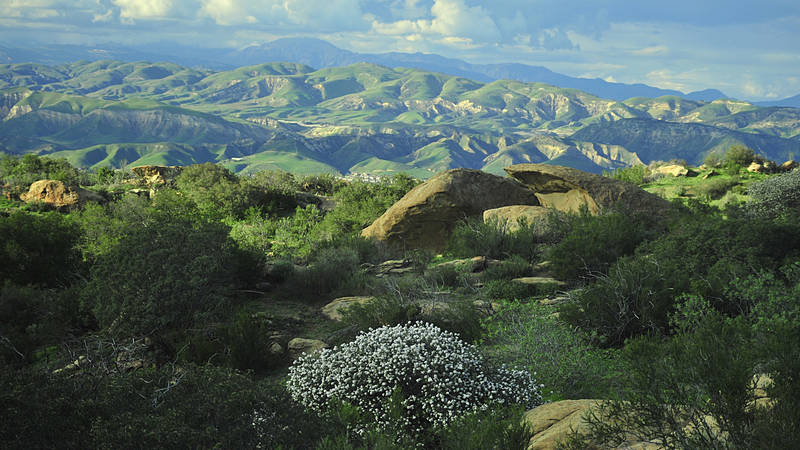Protecting Our Chesapeake, Protecting Our National Parks
Protecting Our Chesapeake Report (1.79 MB)The Chesapeake Bay watershed is home to more than 50 national park units. Shenandoah National Park in Virginia’s Blue Ridge Mountains, Gettysburg National Military Park in Pennsylvania, and the C&O Canal National Historical Park along the Potomac River are just a few of the parks that share this common bond. Their streams and rivers, along with many others in the expansive watershed, ultimately flow into the Chesapeake Bay, which is recognized as one of America’s Great Waters.
The Chesapeake Bay watershed is home to more than 50 national park units. Shenandoah National Park in Virginia’s Blue Ridge Mountains, Gettysburg National Military Park in Pennsylvania, and the C&O Canal National Historical Park along the Potomac River are just a few of the parks that share this common bond. Their streams and rivers, along with many others in the expansive watershed, ultimately flow into the Chesapeake Bay, which is recognized as one of America’s Great Waters. National parks and the tourism-based economies they support have much at stake in efforts to restore the Chesapeake.
The James River and the Patapsco River are two of the many rivers that flow into the Chesapeake Bay. The James, which flows through rural and urban landscapes in Virginia, and the Patapsco, which flows through largely urban areas of Maryland, are home to two important historical sites that preserve and interpret integral parts of our national heritage. Colonial National Historical Park on the James and York rivers and Fort McHenry National Monument and Historic Shrine on the Patapsco River encapsulate specific moments in the founding of our country and the wars fought to defend it.
This report explores these two historical parks and the contrast between historical and modern water quality of the watershed. This report recounts what the rivers looked like before significant agricultural practices, oyster harvesting, and extensive human development. It recommends options to restore the Chesapeake Bay and its rivers and streams to a highly productive ecosystem with cleaner water, fewer toxic contaminants, and more abundant aquatic and terrestrial life. Recognizing what has been lost helps us see what we have the opportunity to regain.
-
General
-
Issues


